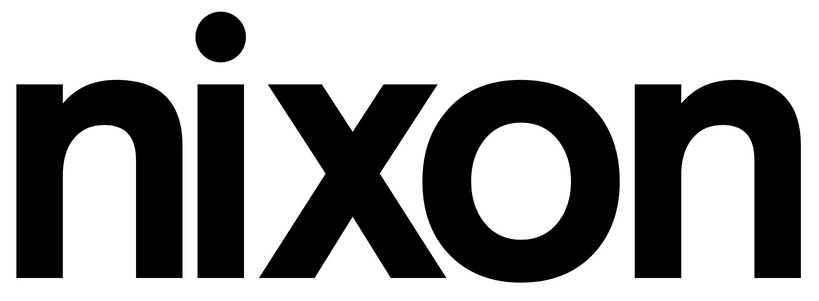Posted by Alex Hawker
The Pixel tracks how people respond to your advertising on Facebook, helping you to build campaigns with more targeted messaging to gain converting customers.
The most important thing you can do when setting up advertising is to make sure it’s measurable. This way, you can keep track of what content works or doesn’t work, and you get a much better idea of how you should approach your ad creation on Facebook.
Facebook Pixel and Facebook advertising
You’ve probably heard of both, but what’s the difference between Ads and the Pixel? While Facebook Ads lets you create the adverts that you put in front of your customers, Facebook Pixel can help you understand how people react after they’ve seen them. It’s a piece of code that you apply to your website so you can track conversions and measure your return on advertising.
Facebook Pixel collects data to decide which users ads should be automatically delivered to: it will select people most likely to take action, which it judges based on their previous responses and engagement.
How the Facebook Pixel improves your ad targeting
The Facebook Pixel gives you more insight to your Facebook campaign’s return on investment (ROI).
You’re able to view information about how people interacted with your ads, and this helps when setting new goals for your next campaign. If a group clicked through from your Facebook ad to perform your call-to-action, the conversion is complete and you’re able to exclude them from the next campaign. But if another group engaged and didn’t opt in, you’ll know they’re a lead and the Pixel will let you target them with the next ad.
Conversions
The Pixel collects data on ‘events’. This is basically any kind of specified action that a visitor takes on your website. These could be ‘standard’ events predefined by Facebook such as using your website’s search function, or your own custom conversion, for instance subscribing to a specific monthly newsletter. Remember, though, these need to be specifically set up if required, as they’re not an automatic part of Facebook Pixel.
There are nine of these standard predefined Facebook events:
- View content: Someone lands on a page on your website.
- Search: Someone uses the search function to look for something on your site.
- Add to cart: Someone adds a product to their shopping cart on your site.
- Add to wish list: Someone adds a product to a wish list on your site.
- Initiate checkout: Someone begins the checkout process for an item.
- Add payment info: Someone enters payment information in the purchase section on your site.
- Make purchase: Someone completes a purchase on your site.
- Lead: Someone signs up for a trial or otherwise identifies themselves as a lead on your site.
- Complete registration: Someone completes a registration form on your site, such as for a subscription product.
Custom conversions
If you want to track events that aren’t in the predefined list, there’s an option to customise Facebook Pixel based on a keyword or specific URL – so you can monitor activity on a certain page within your website. It’s done by selecting a completion page and naming the conversion. This can help you to group customers too, because certain groups might browse different categories on your website. Although you can’t select a specific website visitor to advertise to, you can choose groups, so knowing how different groups interact with your website in their own ways will help you to create more targeted and relevant ads.
‘Groups’ are categorised based on their shared behavior, which can be:
- People who have visited your website in the past 24 hours.
- People who have visited your website in the past 180 days but have not been back in 30 days.
- People who have visited a specific page on your website.
- People who have visited a specific page on your website but not another specific page.
Tracking custom conversions
Your custom conversions are constantly tracked. You can create a report for one of your Facebook ads at any point, which will show the conversion rate for any of your custom conversions.
Custom audiences
You can define custom audiences from your website based on which pages they did or didn’t visit, and by when they visited your website. You can choose a timeframe of between one and 180 days.
Setting up the Facebook Pixel will make your Facebook advertising a worthwhile and useful source of information about your customers’ behaviours. Once you’ve got a handle on it, you can run campaigns that should not only bring in more customers, but also teach you more about what’s working in your marketing, and what could possibly change.
If you’re interested in using Facebook or other social media networks to market your business, our content strategy team can offer guidance from setting up the Pixel to running social media pages day-to-day – just get in touch.

